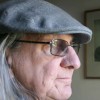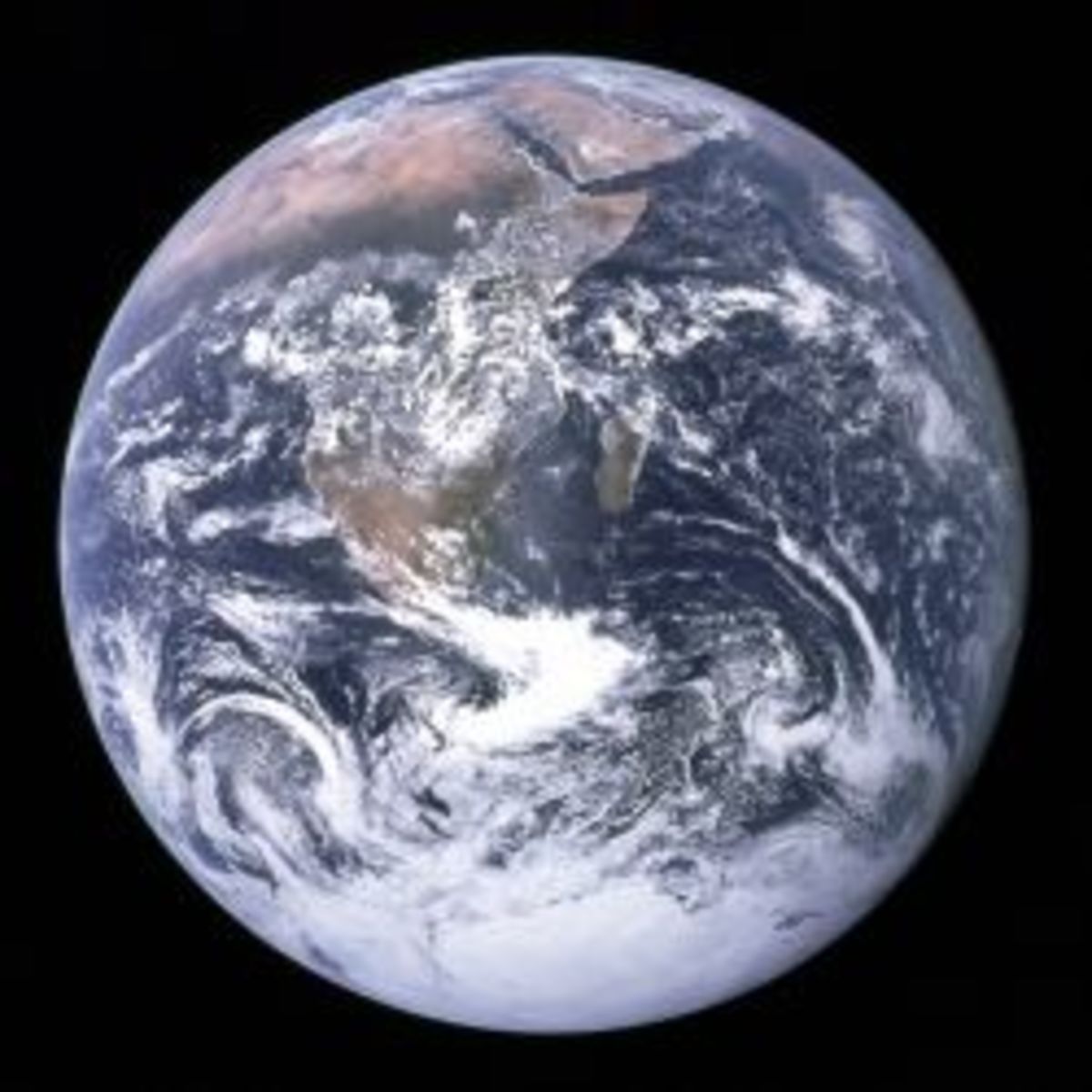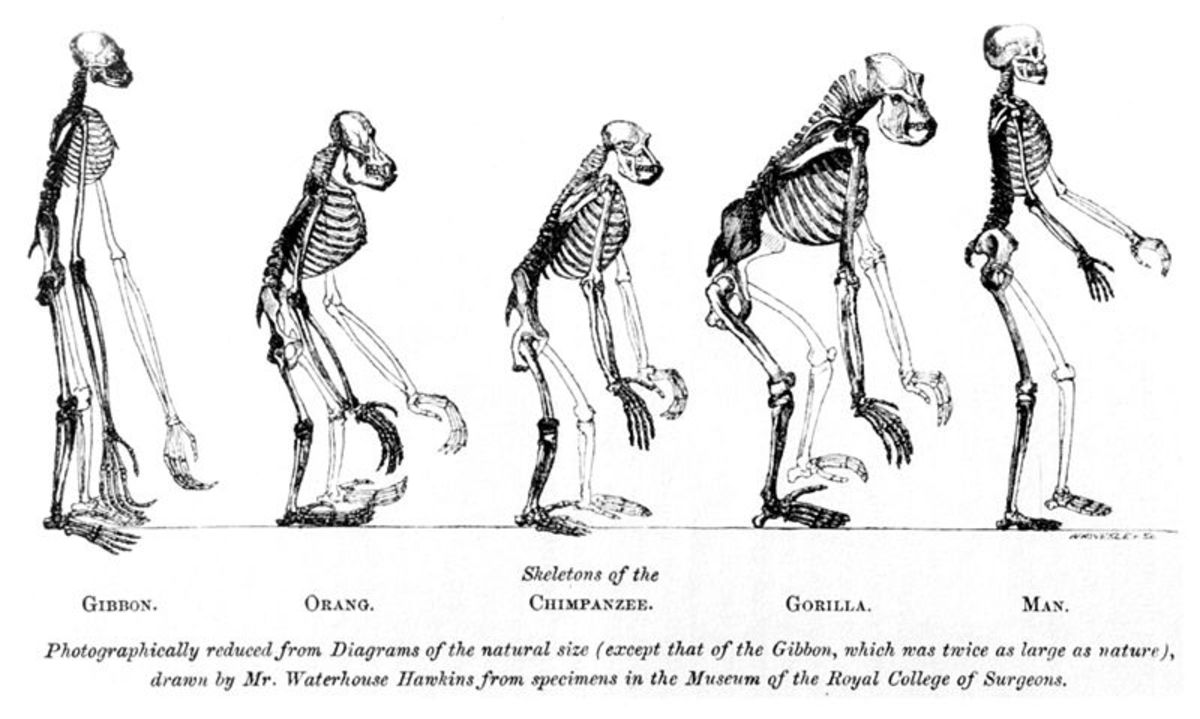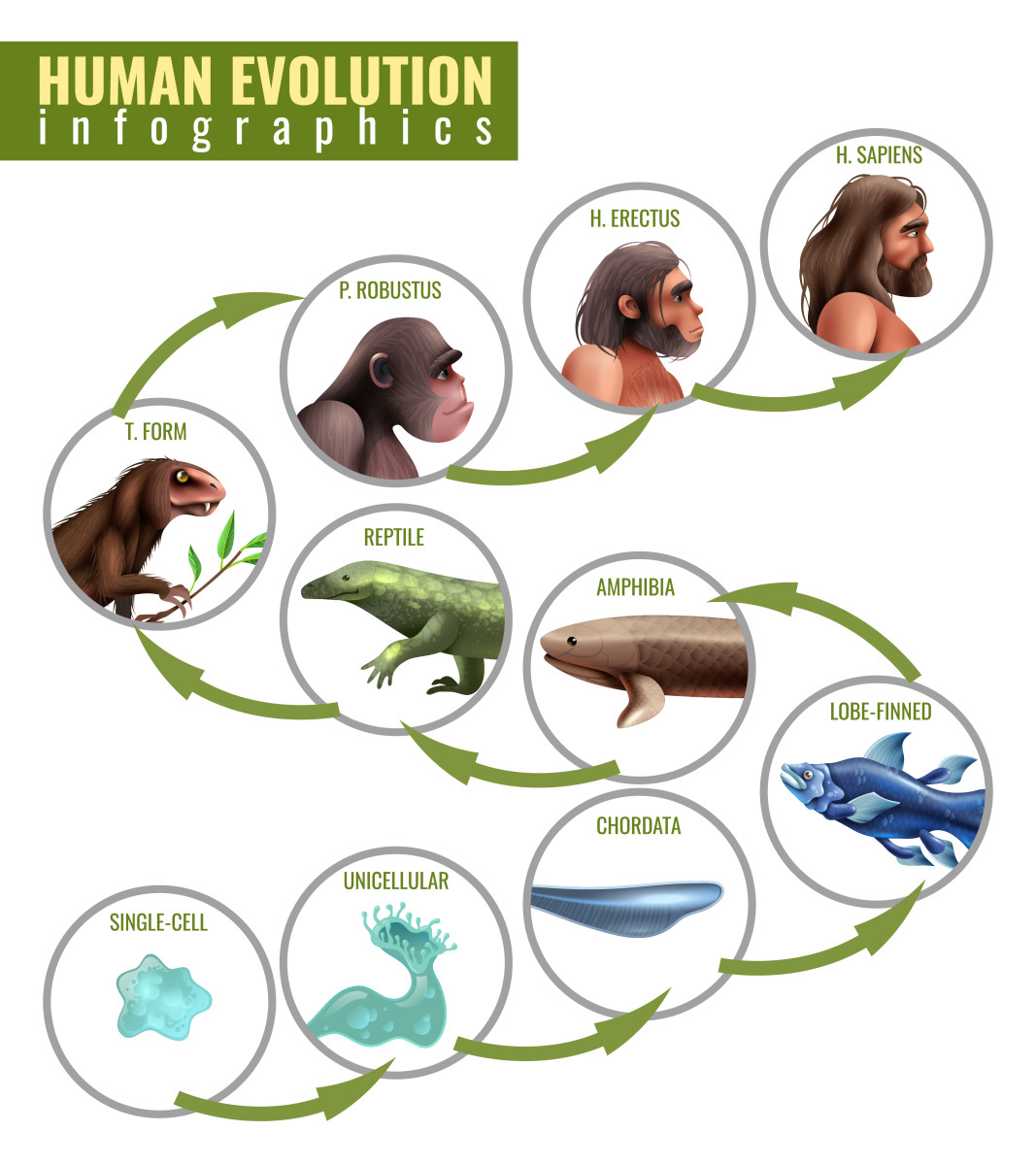A celebration of Charles Darwin's 200 years
Birth and early years
On 12 February 1809 in the town of Shrewsbury, in Shropshire, England, the fifth child of Dr Robert Darwin and his wife Susanna (a member of the famous Wedgwood family) was born. Although Dr Darwin was himself a free thinker and his wife a Unitarian, the boy was Christened in an Anglican church and given the names Charles Robert. There is no record of any supernatural events surrounding either the birth or the baptism, but the boy was destined to become one of the most outstanding scientists of all time, with his name being revered by those who love knowledge and reviled by those who prefer obscurantism.
The young boy was sent to Shrewsbury School, a school founded by King Edward VI in 1552, where he was not an outstanding scholar, though he did show great interest in natural history and collecting specimens of the flora and fauna he found around him.
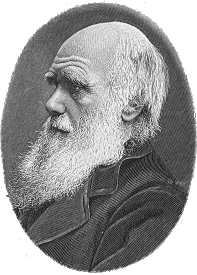
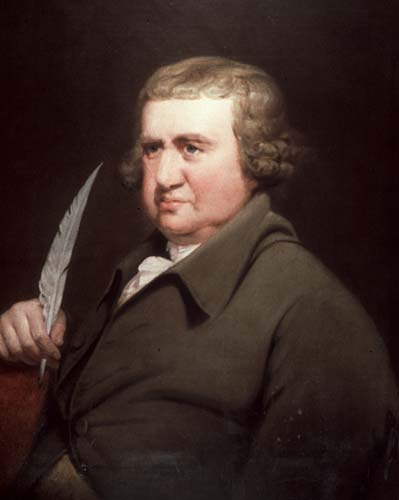
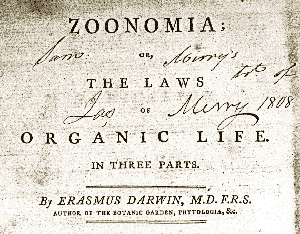
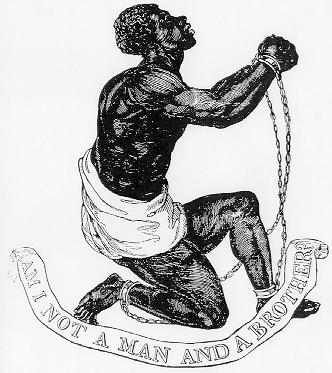
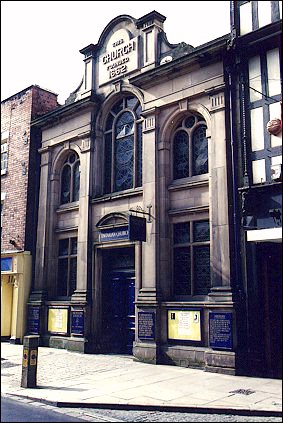
Familial Antecedents
One portent, though not a supernatural one, of the direction his life would take was that his grandfather, Erasmus Darwin, like Charles's own father a physician, who had died before Charles was born, published between 1794 and 1796, a book entitled Zo ö nomia in which was recorded his thoughts on anatomy and other matters. In this book the following passage occurred:
“Would it be too bold to imagine that, in the great length of time since the earth began to exist, perhaps millions of ages before the commencement of the history of mankind, would it be too bold to imagine that all warm-blooded animals have arisen from one living filament, which the great First Cause endued with animality, with the power of acquiring new parts, attended with new propensities, directed by irritations, sensations, volitions and associations, and thus possessing the faculty of continuing to improve by its own inherent activity, and of delivering down these improvements by generation to its posterity, world without end!”
Of some literary interest also is that William Wordsworth wrote, at Alfoxden, a poem called “Goody Blake and Harry Gill”, which was based on an incident recorded by grandfather Erasmus in Zo ö nomia. This poem tells of the story of “Young Harry (who) was a lusty drover” and “Old Goody Blake (who) was old and poor”, how they met and the vengeance taken on young Harry by Old Goody.
Erasmus Darwin was also an enthusiastic abolitionist who campaigned vigorously for the ending of the slave trade, mainly through his Lunar Society and his writings. He saw the connection between political progress and the increase of knowledge. Frederika Teute wrote in The Huntington Library Quarterly (Vol 63.3; 2000) that “for Darwin the spread of revolution meant that reason and equity vanquished political tyranny and religious superstition.”
In his poem “The Botanical Garden” Darwin wrote:
When Avarice, shrouded in
Religion's robe,
Sail'd to the West, and slaughter'd half the
globe:
While Superstition, stalking by his side,
Mock'd the
loud groan, and lap'd the bloody tide;
For sacred truths announced
her frenzied dreams,
And turn'd to night the sun's meridian
beams.—
Hear, Oh Britannia! potent Queen of isles,
On whom
fair Art, and meek Religion smiles,
Now Afric's coasts thy
craftier sons invade,
And Theft and Murder take the garb of
Trade!
—The Slave, in chains, on supplicating knee,
Spreads
his wide arms, and lifts his eyes to Thee;
With hunger pale, with
wounds and toil oppress'd,
'Are we not Brethren?' sorrow choaks
the rest;
—Air! bear to heaven upon thy azure flood
Their
innocent cries!--Earth! cover not their blood!
The Wedgwood family, to which Charles's mother belonged, was also involved with liberal or radical politics or religion. She herself was a Unitarian and attended a Unitarian Chapel until her death when Charles was just eight years old.
So Charles was nurtured in a family in which ideas, and in particular progressive ideas, were held in high esteem. One can imagine the table conversations during meal times being lively and interesting intellectual affairs ranging over a wide spectrum of knowledge and culture.
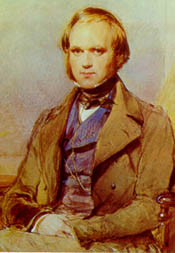
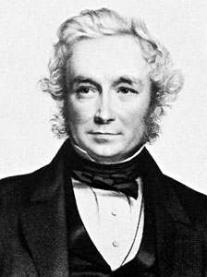
Academic life
In 1825 Charles went to read medicine at the University of Edinburgh but he found the lectures boring and the surgery upsetting. He spent more time with the Plinian Society at the university, a society which concerned itself with natural history, exploring the more radical ideas coming to the fore in that discipline.
As a result of these interests Darwin neglected his medical studies, to the displeasure of his physician father, who then arranged for him to go to Cambridge to read for a BA as the first step in becoming an Anglican priest. In spite of preferring riding and shooting to his studies, he managed to do quite well in his finals in January 1831.
While at Cambridge Darwin had become aware of, among others, Charles Babbage, William Paley on natural theology and John Herschel's book A preliminary discourse on the study of natural philosophy . Herschel wrote that "the origination of fresh species, could it ever come under our cognizance, would be found to be a natural in contradistinction to a miraculous process."
Darwin stayed on at Cambridge after his finals to study geology with Adam Sedgwick and then went on to Barmouth in Wales to map strata. On his return home he found a letter from his friend John Stevens Henslow who proposed that Darwin be accepted as the official naturalist on the ship HMS Beagle under Captain(later Vice-Admiral) Robert FitzRoy. FitzRoy later became the second Governor-General of New Zealand.
The letter from Henslow read in part:
...that I consider you to be the best qualified person I know of who is likely to undertake such a situation— I state this not on the supposition of yr. being a finished Naturalist, but as amply qualified for collecting, observing, & noting any thing worthy to be noted in Natural History. Peacock has the appointment at his disposal & if he can not find a man willing to take the office, the opportunity will probably be lost— Capt. F. wants a man (I understand) more as a companion than a mere collector & would not take any one however good a Naturalist who was not recommended to him likewise as a gentleman . ... there never was a finer chance for a man of zeal & spirit... Don't put on any modest doubts or fears about your disqualifications for I assure you I think you are the very man they are in search of.
This was the start of the most critical experience of Darwin's life.
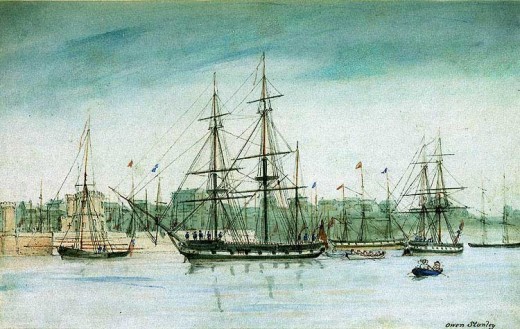
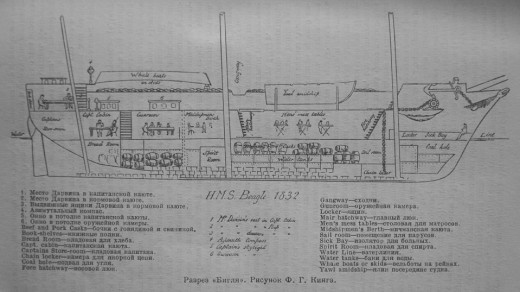
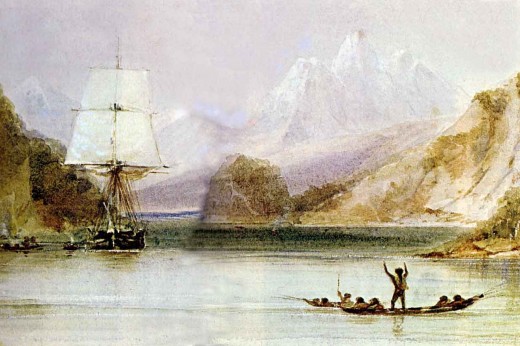
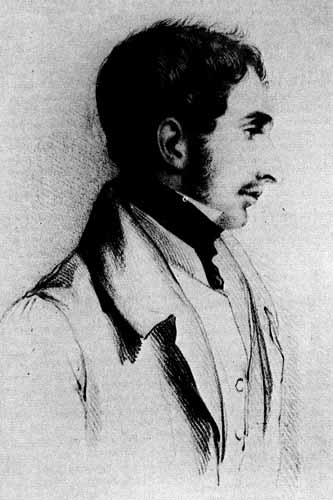
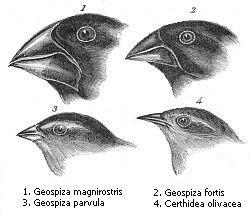
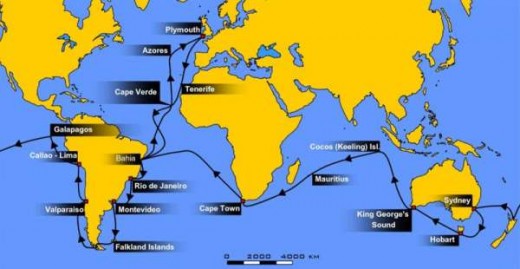
- Cambridge Atrractions: The Sedgewick Museum of Earth Sciences
The museum is on a single floor of a long, narrow building. The collection is displayed chronologically, starting with the Ice Ages, or Pleistocene period. The Ice Ages area of the museum... - Misconceptions About Evolution Addressed
There are many misconceptions about biological evolution that I will attempt to address in this article using a Q&A format. Question: Isn't evolution just a theory? Answer: Evolution is an observed fact... - Charles Darwin and Evolution: Genetic Science uproots the Tree of Life
The idea of the 'Tree of Life' was central to Darwin's ideas of evolution. For Darwin. evolution was linear but evidence accumulating from the emerging fields of evoltionary gentics paint a very different picture. Instead of a Tree of Life the new ev - The Big Bang AND Genesis; Evolution AND Genesis
Image courtesy of NASA. Ever since Charles Darwin returned from his island adventure on the good ship Beagle and penned his book on natural selection, fundamentalist of science and faith have been arguing...
On Board the Beagle
HMS Beagle was a 10 gun sloop who had been launched in May 1820. In that year she took part in the fleet review held to celebrate the coronation of George IV and was the first ship to sail under the new London Bridge. She was later, after being laid up for a while, refitted as a survey ship, and took part in three survey voyages, on the second of which the young Darwin sailed as naturalist.
Darwin joined the ship in Plymouth Sound and, after some delays, the two sailed into history on 27 December 1831, bound for Teneriffe. The voyage was initially intended to last two years, and in the end lasted almost five, and they returned after circumnavigating the world, in October 1836.
In mid-January 1832 the ship arrived at St Jago, the principal island of the Cap Verde archipelago. Here Darwin got his first glimpse of tropical vegetation, and was enchanted by the scenery. He and some companions rode to the village of St Domingo and his description of the scenery in The Voyage of the Beagle is indicative of his writing skills and his high level of observation: “The scenery of St. Domingo possesses a beauty totally unexpected, from the prevalent gloomy character of the rest of the island. The village is situated at the bottom of a valley, bounded by lofty and jagged walls of stratified lava. The black rocks afford a most striking contrast with the bright green vegetation, which follows the banks of a little stream of clear water.”
He described the geological aspects of the island, showing again his great observational and writing skills as well as his interest in its natural history:
“The geology of this island is the most interesting part of its natural history. On entering the harbour, a perfectly horizontal white band, in the face of the sea cliff, may be seen running for some miles along the coast, and at the height of about forty-five feet above the water. Upon examination this white stratum is found to consist of calcareous matter with numerous shells embedded, most or all of which now exist on the neighbouring coast. It rests on ancient volcanic rocks, and has been covered by a stream of basalt, which must have entered the sea when the white shelly bed was lying at the bottom. It is interesting to trace the changes produced by the heat of the overlying lava, on the friable mass, which in parts has been converted into a crystalline limestone, and in other parts into a compact spotted stone Where the lime has been caught up by the scoriaceous fragments of the lower surface of the stream, it is converted into groups of beautifully radiated fibres resembling arragonite. The beds of lava rise in successive gently-sloping plains, towards the interior, whence the deluges of melted stone have originally proceeded.”
From here the Beagle proceeded to South America, its real destination. Darwin spent long periods on shore exploring and discovering while the crew of the Beagle did its measurements. This passage describes the start of a trip he made into the interior of Brazil: “The day was powerfully hot, and as we passed through the woods, everything was motionless, excepting the large and brilliant butterflies, which lazily fluttered about. The view seen when crossing the hills behind Praia Grande was most beautiful; the colours were intense, and the prevailing tint a dark blue; the sky and the calm waters of the bay vied with each other in splendour.”
At one point on the voyage Darwin and Captain FitzRoy had a tremendous argument about slavery, which the latter tried to defend. Darwin's views on slavery were staunchly abolitionist, as were those of most of his family. Indeed, he wrote to his sister Catherine in May 1833, not long before the Act abolishing slavery in the British colonies was passed: "What a proud thing for England, if she is the first European nation which utterly abolishes it. I was told before leaving England, that after being in Slave countries: all my opinions would be altered; the only alteration I am aware of is forming a much higher estimate of the Negro character."
In all Darwin spent, during the five years of the voyage, three years and three months on land and eighteen months at sea.
By the time they arrived back in England Darwin was already a famous person due to his letters and notes having been publicised by his friends and colleagues.
After the voyage he wrote: “As far as I can judge of myself I worked to the utmost during the voyage from the mere pleasure of investigation, and from my strong desire to add a few facts to the great mass of facts in natural science.”
His observations during the voyage gave him the raw materials out of which he built his theory of evolution by means of natural selection, a theory which revolutionised biology at the time and is still the dominant perspective of the life sciences, though with many modifications brought about by the ever-increasing body of knowledge discovered by science in the 150 years since he first expounded the theory, especially the understanding of genetics and the role played by DNA.
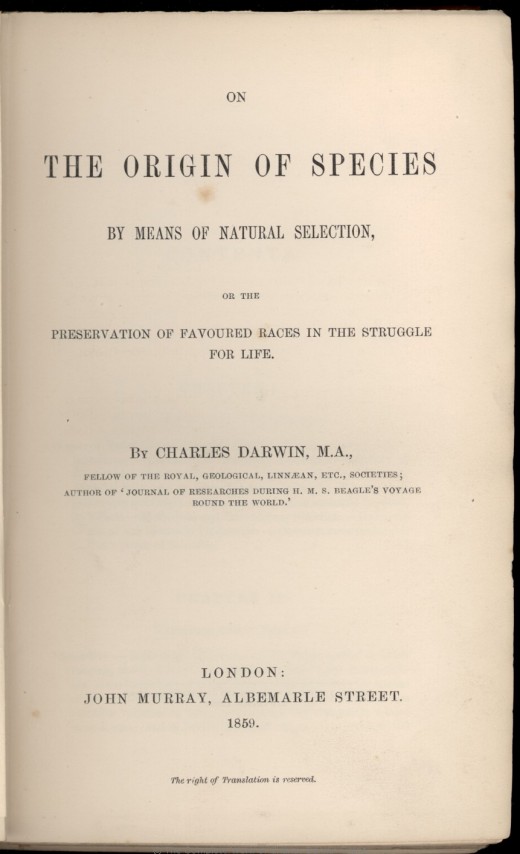
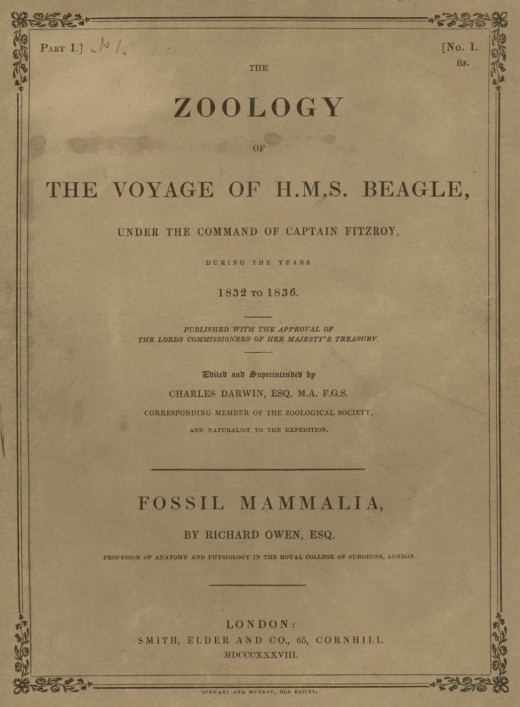
Books by Darwin
Of course, the book for which he is most famous, or infamous, in the view of some, is commonly called “The Origin of Species” though its full title is On the Origin of Species by Means of Natural Selection, or the Preservation of Favoured Races in the Struggle for Life which was published on 24 November 1859. But this was not by any means his only contribution to natural science.
Darwin's other books were: The Voyage of the Beagle; The Descent of Man, and Selection in Relation to Sex; The Expression of Emotions in Man and Animals; The Power of Movement in Plants; and his final work, The Formation of Vegetable Mould Through the Action of Worms .
This body of work, in addition to the many papers he delivered to learned societies and published in scientific journals, constitute a major revolution in how natural history is seen. As noted South African philosopher Prof Alex Antonites of the University of Pretoria has put it in an excellent paper (unfortunately in Afrikaans and therefore relatively inaccessible to people in other parts of the world) entitled “Die teorie van evolusie en die bestaan van God (The theory of evolution and the existence of God)”: “Met hierdie revolusie, verander die rigting van verklaring in die wetenskap. Dis nie meer verklaring vanuit die hoëre na die laere toe nie — iets wat vir Newton aanvaarbaar sou wees — maar andersom, van die laer materie na die hoëre bewussyn. Daar is nog steeds ontwerp (“design”), maar nou radikaal andersom. Daar is nie ’n plan of ontwerp vooraf nie, maar wel agterna. Ná die proses van natuurlike seleksie verskyn die ontwerp. So lei natuurlike seleksie evolusie stap vir stap tot meer komplekse dinge oor lang periodes.” (from http://www.nuwe-hervorming.org.za/wiki/teorie-evolusie-bestaan-god accessed on 30 July 2009)
(My translation: “With this revolution the direction of explanation in science is altered. It is no longer an explanation from higher to lower – something which would have been acceptable to Newton – but the other way around, from the lower matter to the higher consciousness. There is still design, but now radically reversed. There is no plan or design in advance, but indeed after the fact. The design appears after the process of natural selection. Thus natural selection leads evolution step by step over long periods to more complex beings.”)
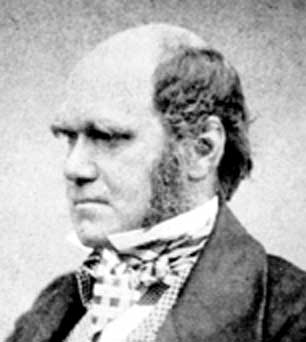
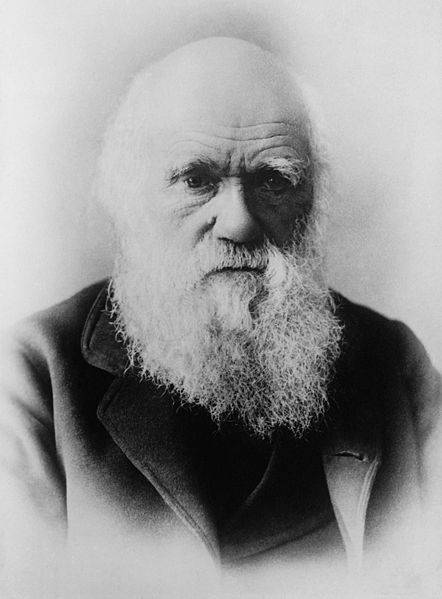
Darwin in later life
Darwin suffered for most of his life from a mysterious illness which necessitated frequent visits from physicians and long rests. However he remained active and involved in the scientific endeavour and maintained a voluminous correspondence with people all over the world.
Darwin had in 1839 married his cousin Emma Wedgwood, the same year as he was elected a Fellow of the Royal Society. They had ten children, of whom seven survived to adulthood. In 1851 Darwin was devastated by the death of a favoured daughter, Annie, who was ten at the time. Darwin was fearful that she had inherited from him some fatal flaw, which added to his misery.
He and his wife lived in Down House, Downe, Kent, south east of London. Here he died on 19 April 1882. There is a story promoted by some that he, on his deathbed, recanted of the theory of evolution and professed sorrow at the effect it had had. This is utterly untrue, according to family members who were present. He was buried on 26 April after a State Funeral in Westminster Abbey, not next to Newton as is sometimes averred, but rather next to his old friend Sir John Herschel.
The pall bearers at Darwin's funeral were:
George Campbell - The
9th Duke of Argyll
William Cavendish - The 7th Duke of
Devonshire
Edward Henry Stanley - The 15th Earl of Derby
James
Russell Lowell - The US Ambassador to Britain
William Spottiswoode
- Mathematician, physicist, the Queen's Printer, and friend of
Darwin
Joseph Dalton Hooker - Darwin's close friend and champion
of his Theory of Evolution
Thomas Henry Huxley - Darwin's close
friend and champion of his Theory of Evolution
Alfred Russell
Wallace - Darwin's friend and the co-founder of Natural Selection
Sir
John Lubbock - The 1st Baron of Avebury, Darwin's next door neighbour
and close friend
So came to an end the career of one of the greatest scientists of all time, one whose influence is still felt and on whose work an overarching theory has been built that encompasses all of known life with such expository power that it has enabled an amazing enrichment of our understanding of life in the world around us and even the life within us.
Another great Hub on Darwin
- Charles Darwin - an Extraordinary Man
Charles Darwin was born into a well-off family. His father was a physician and his mother died when he was 8 years old. His older sisters helped raise him. Charles said about his schooling: 'Nothing could...
